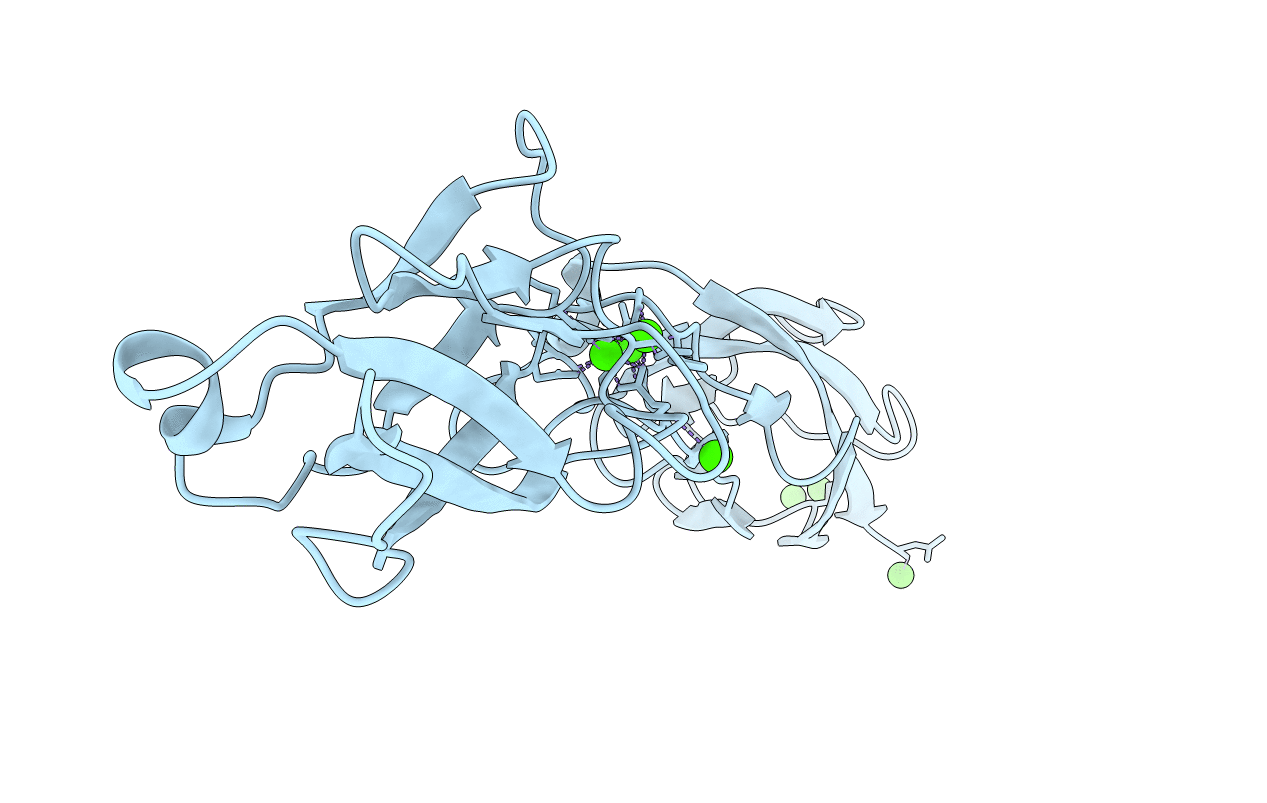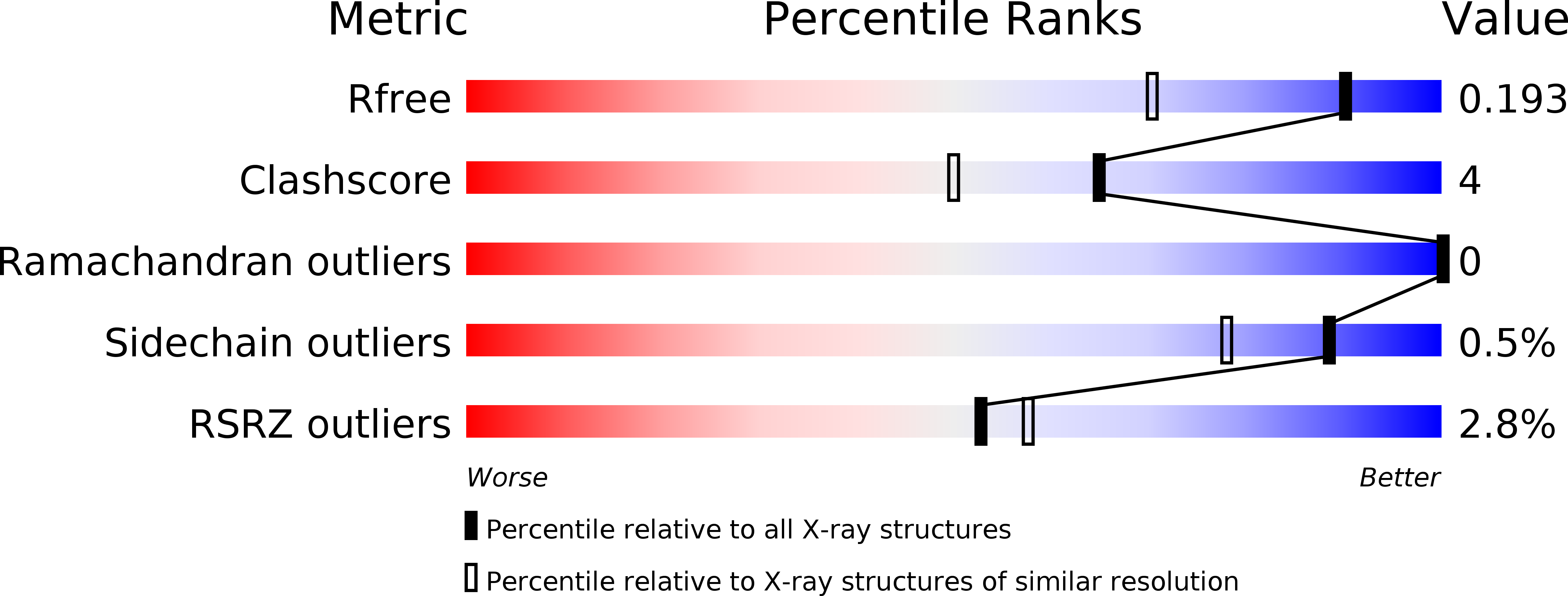
Deposition Date
2015-05-04
Release Date
2016-09-07
Last Version Date
2023-11-08
Method Details:
Experimental Method:
Resolution:
1.50 Å
R-Value Free:
0.18
R-Value Work:
0.13
R-Value Observed:
0.13
Space Group:
C 1 2 1


